Fuel Irradiation
How does nuclear fuel behave in various irradiation conditions? We irradiate your fuel to increase the knowledge of its behavior, or to qualify new nuclear fuels.
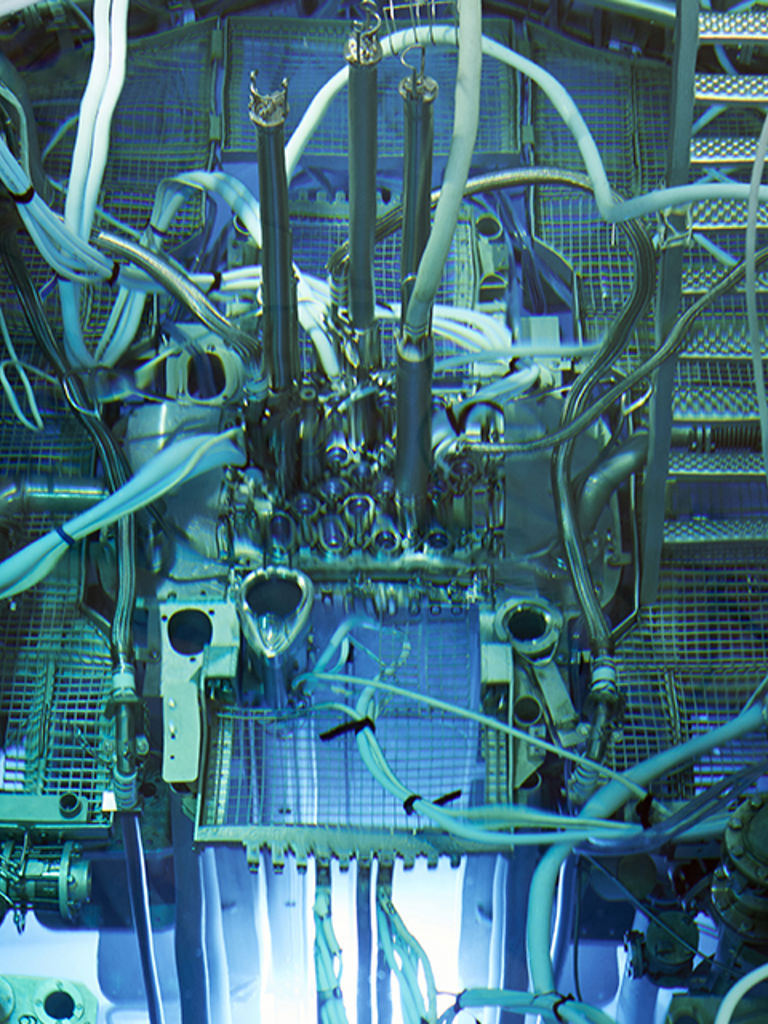
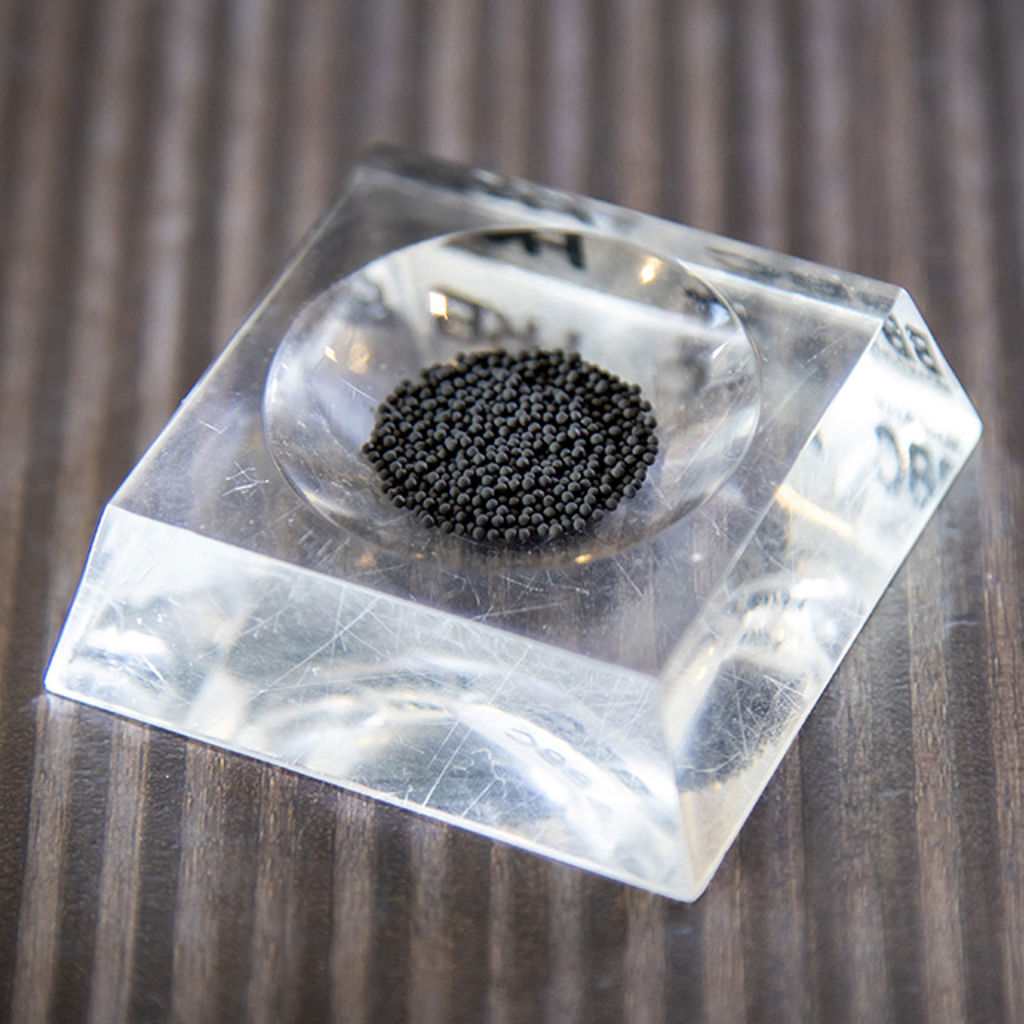
About Fuel Irradiations
Fuel is the core of the nuclear reactor. It is important to understand the behavior of uranium, plutonium or thorium fuels for safe operation. We determine and measure the behavior of new and existing nuclear fuels under irradiation conditions. Hereby, we support the continuous improvement of nuclear fuels.
New types of reactors require different kind of fuels. We have a long history in testing and qualifying new fuel types. One of these types is the High Temperature Reactors which uses fuel pebbles.
Typical activities that we carry out in our daily work are:
- Manufacture and handling of fuel and materials samples in a safe and isolated environment
- Design and build irradiation facilities 100% in-house,
- Irradiation under stable neutron flux and spectrum
- Development of sensors for in-situ monitoring of crucial parameters such as: gas flow, gas composition, temperature, strain, sample dimensions.
- After irradiation: examination, characterization and mechanical testing of samples
- Treatment and storage of nuclear waste
Fuel Pin Irradiations
Irradiating fuel pins is essential for nuclear research and contributes to the safety and efficiency of reactors.
This process makes it possible to study fuel behavior under extreme conditions, leading to improvements in fuel design and reactor performance.
Irradiation tests assess the integrity of fuel cladding and materials, identify failure mechanisms, and support the development of advanced materials and cladding technologies for safer and more efficient reactors.
Moreover, the collected data is crucial for regulatory approval, defining operational limits, and validating computational models. At NRG PALLAS, we use our unique infrastructure and decades of experience with the High Flux Reactor (HFR) to conduct precise irradiation tests, providing essential insights into fuel performance and safety across a wide range of fuel topics.
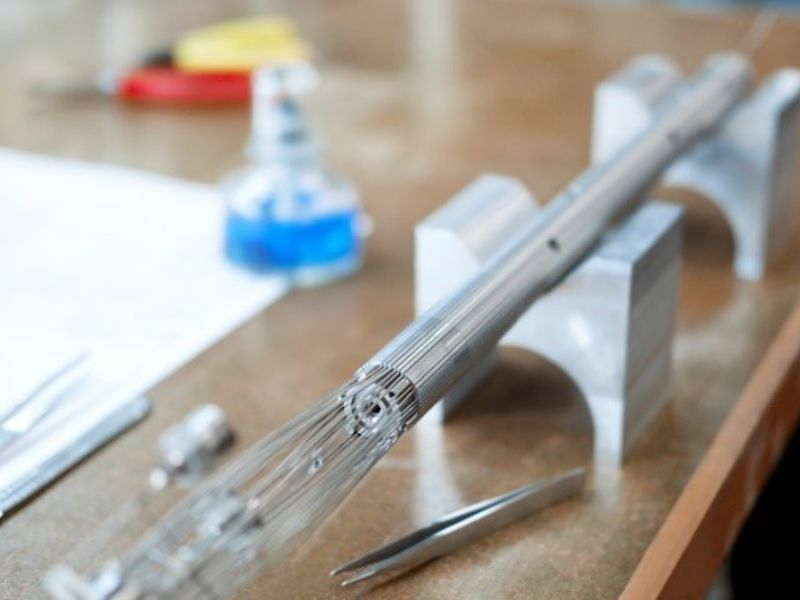
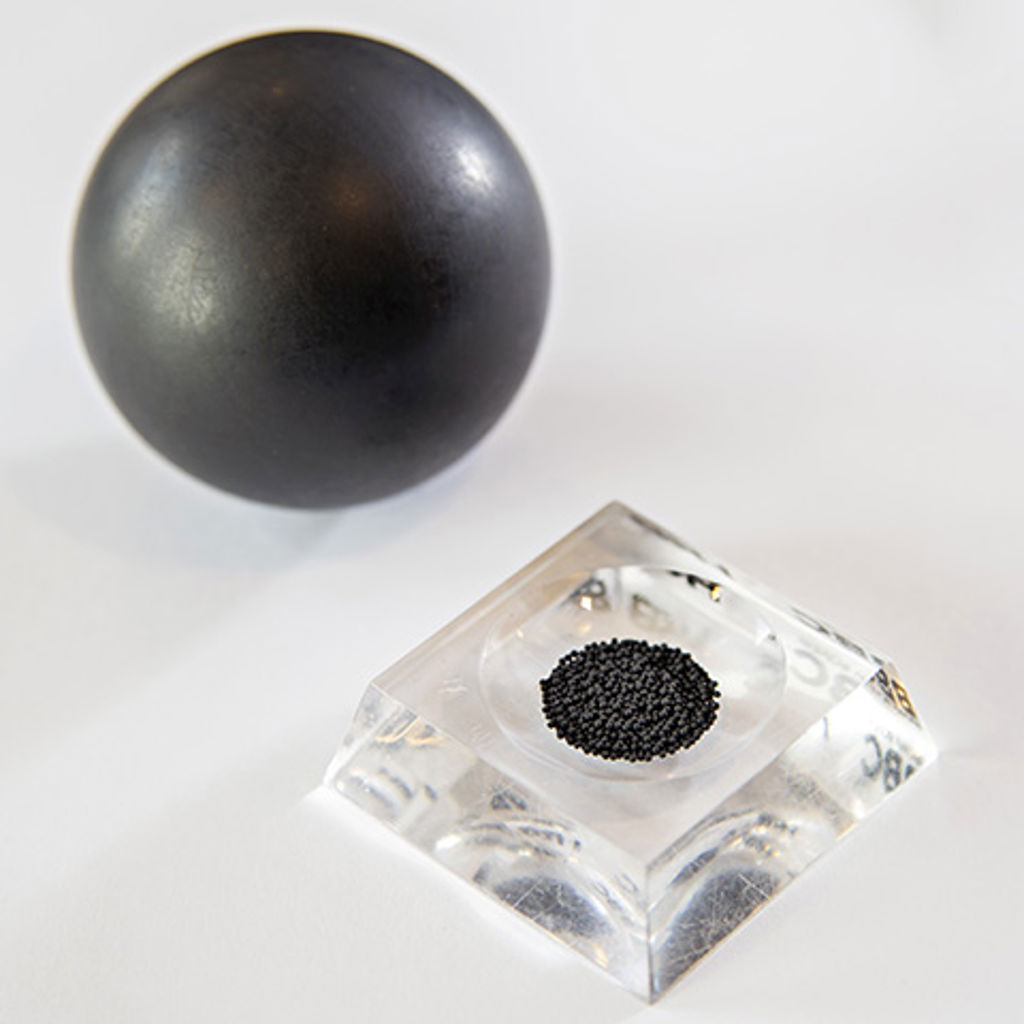
High Temperature Reactor Fuel Irradiation
High temperature reactors are being developed all over the world. These reactors use a completely different fuel concept compared to light water reactors. The fuel consists of particles smaller than a millimeter coated with different layers. These are called TRISO particles. Several thousands are pressed in a pebble or compact which is the final fuel element. A core of a pebble bed high temperature reactor consists of a few hundred thousand of these pebbles to make up the core of the reactor.
NRG has a long history of testing and qualifying these materials. The fuel of the HTR-PM, the latest HTR that is under construction was tested and qualified in the HFR.
Fuel Cladding
The fuel cladding is the first barrier between the fuel and the coolant water and it is therefore essential to study and understand the behavior. Zirconium alloys are one of the most used materials and further development is still ongoing to introduce more advance materials and alloys.
NRG PALLAS has several techniques to study the behavior both in the lab and in irradiation conditions. We use these techniques to qualify the cladding material for reactor application. One important material properties for example is the creep behavior of the cladding. Creep is the deformation of a material under stress. This can be tested by compressing a cladding tube either in axial or radial direction while measuring the dimensional change. By performing the cladding irradiations NRG PALLAS is contributing to the continuous improvement in fuel performance and safety.
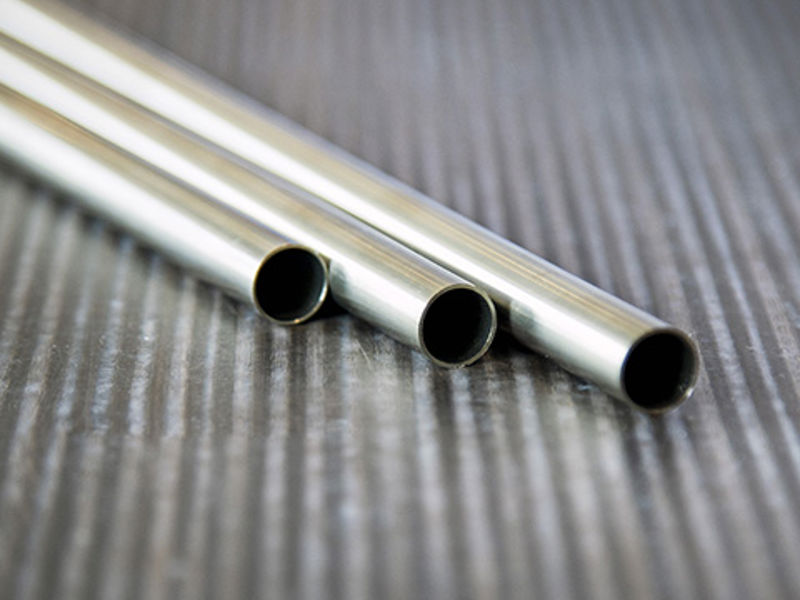
Want to know more about
Fuel Irradiation?
We are happy to help you.
